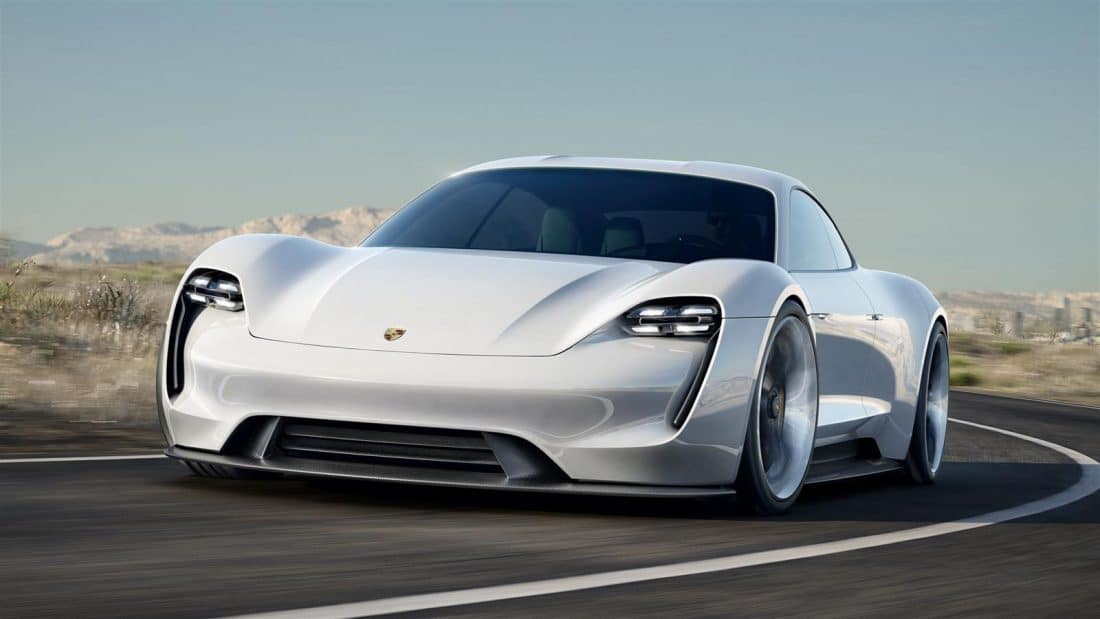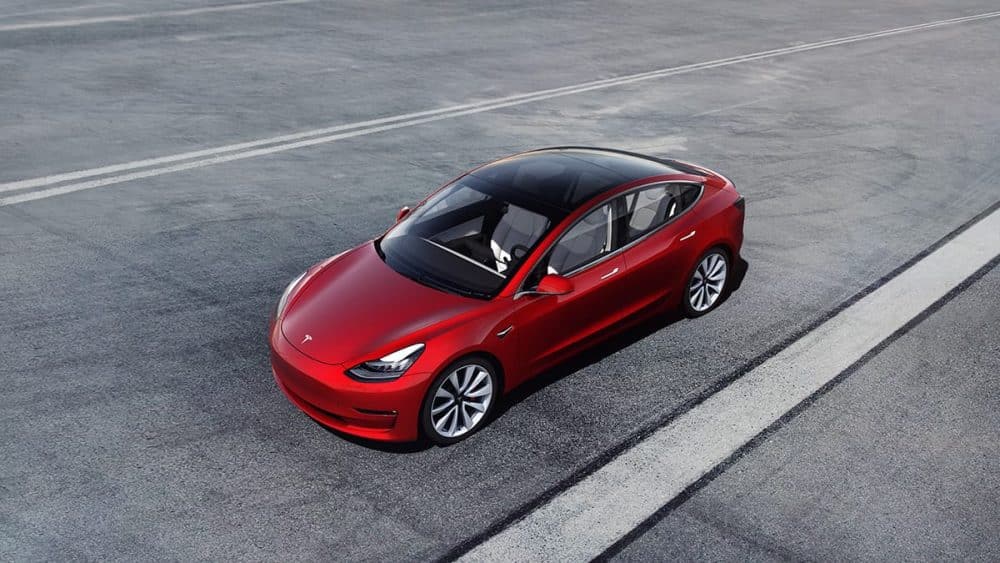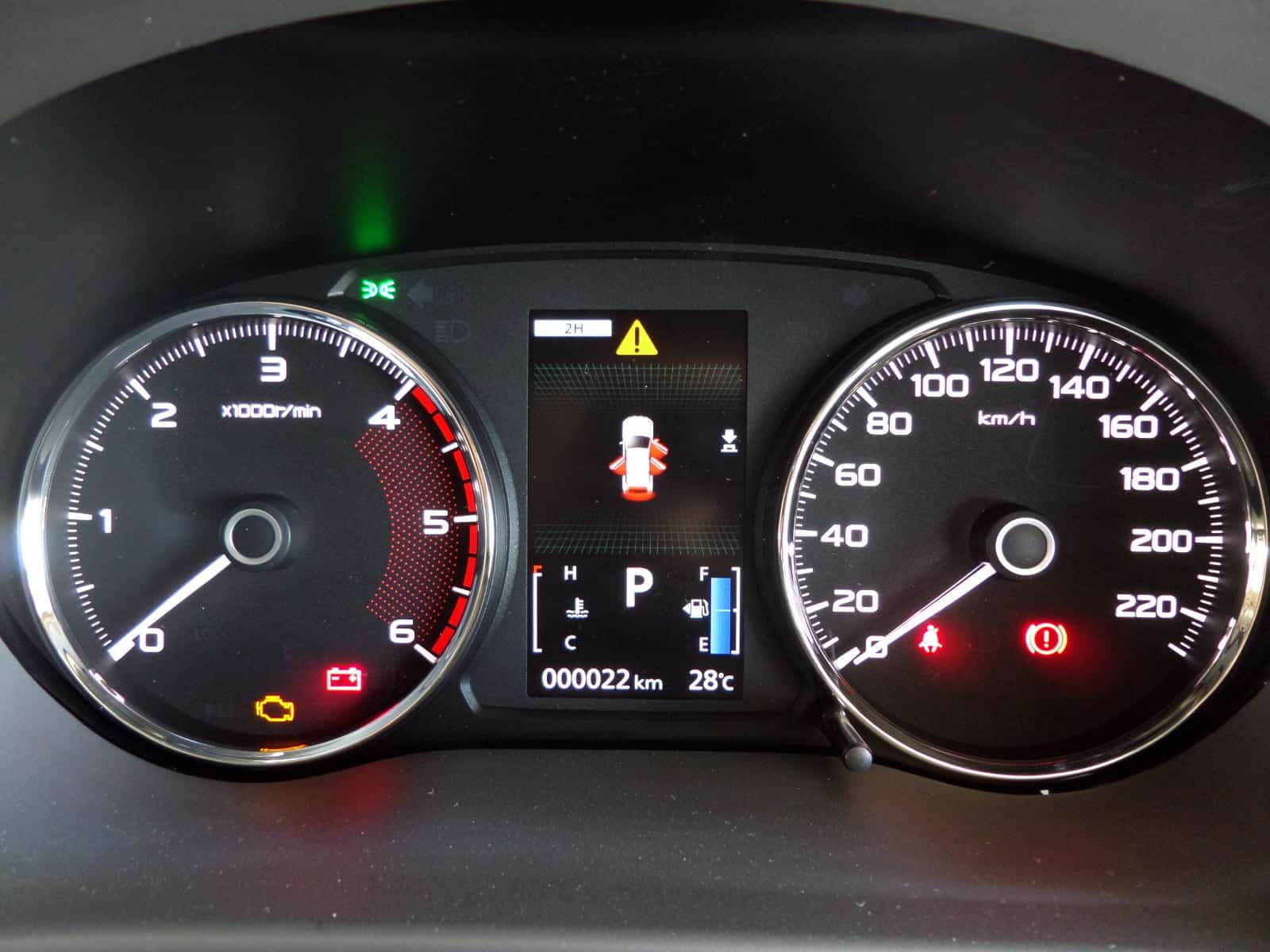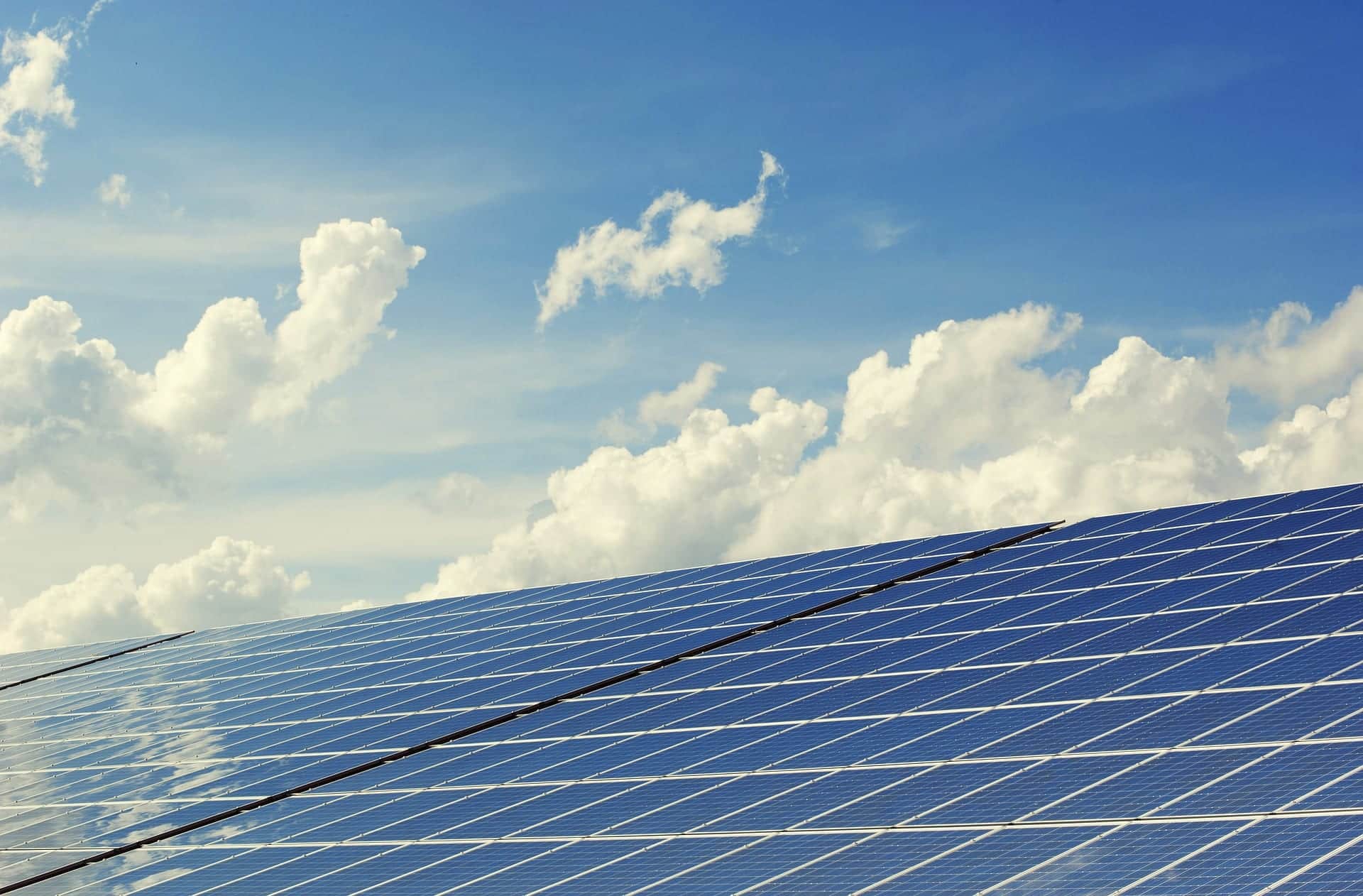Hydrogen has been seen as a potential savior of internal combustion engines (ICE) in the past. However, it’s potential to be a savior of fossil fuels is a lesser-known fact. Hydrogen is an odorless, colourless gas that is abundant throughout the universe and in water. This has led people to see it as a vast energy resource thanks to the vast amount of water in the ocean.
Hydrogen deserves credit for being a renewable and clean resource. However, it is only clean or renewable if it is produced using clean methods that are powered by renewable energy sources. Hydrogen can be produced from sea water using wind farms and solar panels via electrolysis, which passes electricity through water and splits hydrogen atoms from water molecules, causing hydrogen gas to bubble up from the water. In such a scenario it would be clean and renewable due to the energy source and the fact that burning it or passing it through a fuel cell produces water. The hydrogen can act as a form of energy storage that can be burnt to power the car’s engine when needed.
The problem here is that hydrogen is primarily produced by extracting it from three fossil fuels, all of which cause air pollution and emit greenhouse gases: coal, petroleum, and natural gas. This benefits the oil and gas industry, which might be why they’re showing an interest in it. The next question to be answered is, why not electrolysis? The electrical energy consumed by electrolysis is significant and it exceeds the amount of energy required to recharge modern lithium-ion electric car batteries (it would be the opposite if lead-acid batteries were used). The efficiency of electrolysis is in the 70% range. Meaning 30% of the energy isn’t lost. That isn’t the worst, but keep reading to understand the bigger picture.
The next two problems here are the double-energy conversion and energy intensive compression or refrigeration involved. After producing hydrogen via electrolysis, you would have to liquefy it via compression or with refrigeration to get it down to a volume practical for storage. The double-energy conversion I mentioned pertains to the fact that you have to convert wind power to hydrogen, and then burn the hydrogen to power a hydrogen car. The wind power could have been used to charge an electric car battery at 90% efficiency, and then that battery would power the car’s motor directly without having to generate or burn any gases.
Efficiency is obviously important, and I wouldn’t dismiss one of the many versatile renewable energy options, as hydrogen is a good one. However, when referring to cars specifically hydrogen needlessly adds an additional step and incurs additional expenses. Now for the biggest problem of all: The horrific efficiency of combustion engines is well under 40%, and even less than 30% in many cases. If the hydrogen is being used only occasionally to backup a wind farm during low-wind periods — that is a more viable use case.









